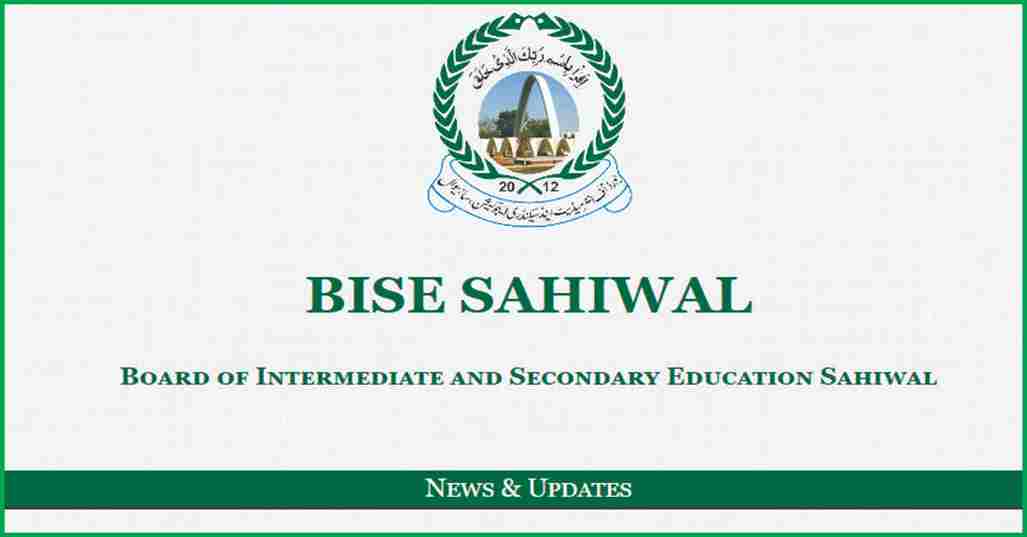Education System of Pakistan


Introduction
Education is the cornerstone of national development and social progress. It empowers individuals, uplifts communities, and strengthens institutions.
In Pakistan, however, the education system has long suffered from neglect, mismanagement, and inequality. The system stands at a crossroads—facing serious challenges but also showing signs of transformation.
Systemic Issues and Inequality
The Pakistani education system is divided into multiple streams—public schools, private schools, madrassas, and elite institutions—each with distinct curricula, languages, and quality standards. This fragmentation reinforces inequality.
While students in urban private schools learn modern science and global languages, rural students often face dilapidated buildings, untrained teachers, and outdated content.
Gender disparity also remains a critical issue, especially in tribal and rural areas where girls are often denied the right to study due to cultural barriers or lack of facilities. The dropout rate rises dramatically after primary school, particularly for girls, due to early marriages, financial constraints, and societal pressure.
Access to emerging fields like Artificial Intelligence is also limited to major cities. Students from remote areas often cannot afford the high cost of relocating to urban centers for such specialized education, further widening the opportunity gap.
Government Reforms and Progress
In an attempt to bridge the divide, the federal government introduced the Single National Curriculum (SNC) to ensure a level playing field among all schools. Though the policy has sparked debate regarding implementation and content, it represents a step toward educational uniformity.
Digitalization has also emerged as a positive force. Post-COVID, both public and private sectors launched online learning platforms to ensure educational continuity. Initiatives like TeleSchool and provincial e-learning apps in Punjab and Khyber Pakhtunkhwa are helping integrate technology into classrooms.
The Benazir Taleemi Wazaif Program, offering conditional cash transfers to poor families, has encouraged enrollment, especially among girls.
Higher education reforms under HEC now emphasize research, innovation, and global competitiveness, though funding challenges persist.
The Way Forward
Despite progress, Pakistan still allocates less than 2% of its GDP to education—one of the lowest in South Asia. Increasing investment is not just necessary, it is urgent. Quality teacher training, curriculum modernization, and education in mother tongues for early grades can significantly improve learning outcomes.
Public-private partnerships should be encouraged to improve infrastructure and access. Moreover, political stability and institutional continuity are essential to see long-term reforms succeed. Education must be treated as a national emergency, not a sectoral issue.
Conclusion
Pakistan’s education system reflects the country’s broader inequalities but also its potential. A well-educated population is key to national strength, innovation, and democracy. The road to reform is long, but with sincere effort, transparency, and strategic investment, Pakistan can build a system that not only educates but empowers every child—regardless of their background.